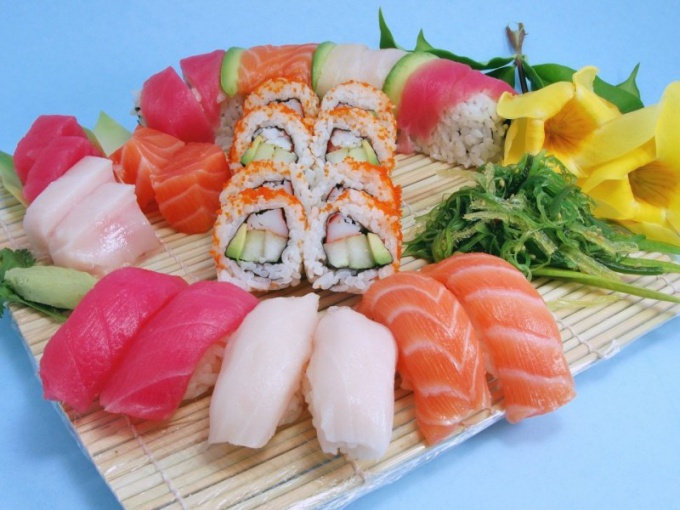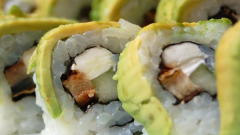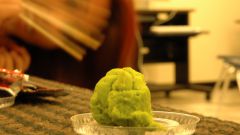You will need
- - vinegar;
- - vinegar;
- - Apple cider vinegar;
- Sol;
- - sugar;
- - soy sauce;
- - round rice;
- - yeast;
- - lemon juice.
Instruction
1
Rice vinegar is different from its counterparts not only taste and aromatic properties, but also antibacterial. The fact that in the preparation of many Japanese dishes are quite often used raw fish. This product, of course, necessary to make safe for human consumption. To do this, the Japanese use rice vinegar - it kills unwanted bacteria.
2
Faced with a lack of rice vinegar on store shelves, do not despair. In fact, you can pick up a worthy replacement for this ingredient. When you do this, your dishes will not lose their taste. One option is replacing the usual rice vinegar. However, do not forget that his number should be less, otherwise the sushi and rolls will be too sharp, unpleasant odor.
3
Optimal result in selecting a replacement rice vinegar can be achieved if we use some recipes and little tricks. Take 4 tablespoons of wine vinegar, 1 teaspoon salt and 3 teaspoons of sugar. All this mix thoroughly and heat over low heat until complete dissolution of all components. Remember that vinegar in any case should not boil.
4
There is another recipe that can bail out in difficult times the lover of Japanese cuisine. Mix 1 tablespoon of Apple cider vinegar with 1 teaspoon of sugar, half spoon of salt and a tablespoon of water. Make sure all ingredients are thoroughly dissolved.
5
In extreme cases, when you have nothing at hand, apart from the usual vinegar, you can use them. Take 50 ml soy sauce, 20 grams of sugar and 40-50 ml of the usual six percent vinegar. Of course, all these components should be mixed thoroughly. If you are a lover of soy sauce, this is the option for you can be the best offered. Do not think that this substitute rice vinegar will ruin your dish, it is not so. Don't be afraid to experiment, and you will succeed.
6
You can get a good result, even without using vinegar at all. Just take the lemon juice, combine with a small amount of sugar and soak the mixture Fig. It's a great marinade for rice. Perhaps your guests will not even feel the lack of rice vinegar.
7
If time frames don't limit you try to prepare the rice vinegar by yourself. To do so, first soak the rice several hours in a closed container with water, then send for the night in the fridge. In the morning, strain the grains. To each Cup of the resulting fluid you add three-fourths Cup sugar. The resulting mixture boil on a water bath for about 20 minutes. Allow the mixture to cool and add the yeast (half a teaspoon per liter). A few days later, when the bubbles on the surface of the liquid disappears, pour it into another container. After that, please be patient. After about a month of homemade rice vinegar is ready.
Note
Homemade rice vinegar can be muddy. It is quite normal and should not concern you.
Useful advice
For the preparation of homemade vinegar use a round figure - this will allow you to achieve the best result.



